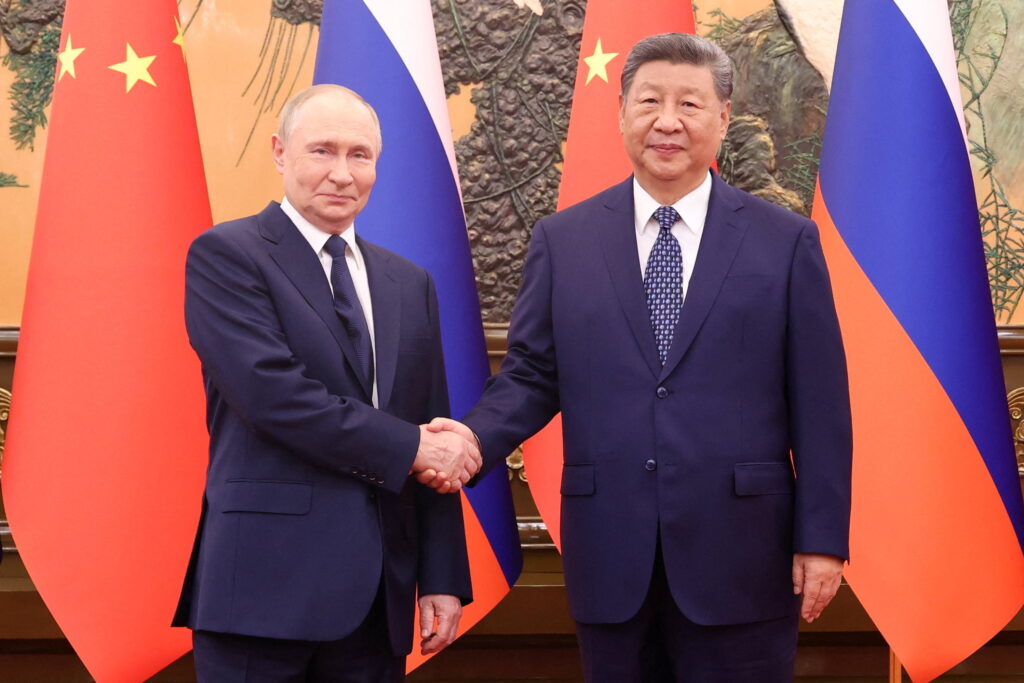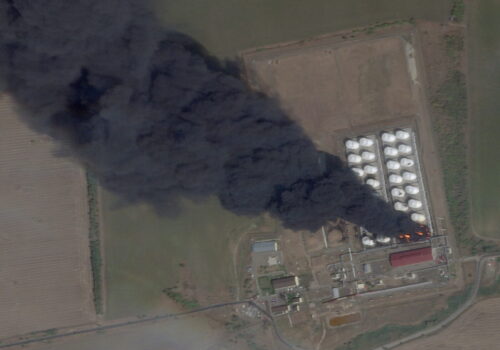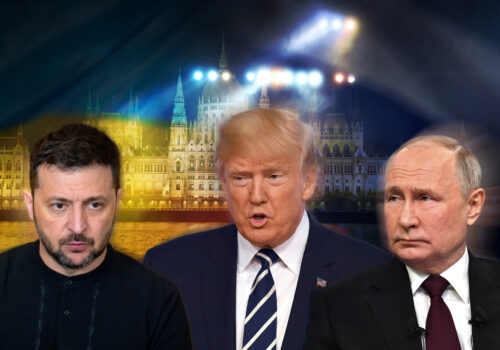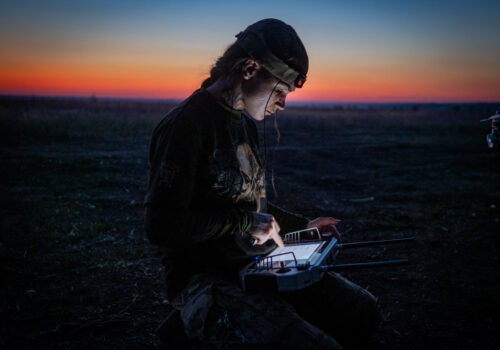US Treasury Secretary Scott Bessent has raised concerns over Chinese components in Russian military drones amid fresh allegations of Beijing’s mounting support for Vladimir Putin’s invasion of Ukraine. Speaking in mid-October, Bessent announced that the US would soon release photo evidence supplied by the Ukrainian government indicating China’s growing involvement in the war.
China has claimed neutrality throughout Russia’s invasion of Ukraine and denies providing lethal weapons to either party in the conflict. However, evidence including publicly available trade data, satellite activity, and indications of drone development between Russian and Chinese companies tell a different story.
A Washington Post report published on October 13 claimed that China has dramatically increased shipments to Russia of critical parts required to build fiber-optic drones used extensively by Putin’s army on the battlefields of Ukraine. In particular, the quantity of exported fiber-optic cables and lithium-ion batteries has skyrocketed in recent months. In August 2025, China exported a record 328,000 miles of fiber optic cable to Russia. In the same month, China supplied the Russians with approximately $47 million of lithium-ion batteries.
Stay updated
As the world watches the Russian invasion of Ukraine unfold, UkraineAlert delivers the best Atlantic Council expert insight and analysis on Ukraine twice a week directly to your inbox.
Both Russia and Ukraine have been heavily reliant on Chinese drone components throughout the past three and a half years of full-scale war. However, export volumes to Russia now dwarf deliveries of key component categories to Ukraine. Many Ukrainians have come to view their dependence on Chinese suppliers as a strategic liability. This vulnerability has been highlighted by restrictions imposed by China on drone component exports to Ukraine including motors, navigation cameras, and flight controllers.
Beijing’s support for the Russian war effort allegedly goes far beyond the provision of drone components. At the end of September, Reuters reported that Chinese experts were traveling to Russia to develop military drones at a state-owned weapons manufacturer currently under Western sanctions. The Russian arms maker in question was accused of producing a new drone, the Garpiya-3, in collaboration with Chinese experts.
Garpiya-3 strike drones are said to feature Chinese technologies and have an operational range extending hundreds of kilometers. Kyiv claims around five hundred of these drones are now being launched at targets inside Ukraine every month. China has denied the reports. If confirmed, this and other instances of collaboration between Russian arms producers and Chinese companies would represent a flagrant violation of Beijing’s stated neutrality.
Eurasia Center events

Chinese support for the Russian military has also extended to assisting Moscow with the provision of satellite imagery in order to help Russian forces identify potential Ukrainian targets. In October, a senior Ukrainian intelligence official stated that China was supplying satellite intelligence to Russia to facilitate missile strikes inside Ukraine.
Such accusations are not new. In 2023, the US Treasury Department sanctioned seven Chinese firms for providing high-resolution satellite imagery to support Russia’s war in Ukraine. In 2024, a Financial Times report citing senior US officials asserted that China was assisting in the development of Russia’s satellite and space-based capabilities, while also sharing current satellite imagery in support of the Russian war effort.
Claims of deepening military collaboration between China and Russia are complicating efforts by the Trump administration to broker a peace deal and end the largest European invasion since World War II. Despite multiple rounds of sanctions on Russian and Chinese companies, the US and EU do not appear to have made any progress toward reducing the stream of dual use Chinese components heading to Russia.
In recent months, US State Department officials have estimated that China is now providing “nearly 80 percent” of the sanctioned dual use items Russia requires to continue the war in Ukraine. The significance of this Chinese contribution cannot be overstated. Without a steady supply of cheap Chinese drone components, for example, it is unlikely that Russia would be able to maintain the bombardment of Ukrainian cities and the country’s civilian infrastructure at anything like the current intensity.
Bessent’s recent remarks are an encouraging sign that the US authorities recognize China’s integral role in enabling Russia’s invasion. However, further steps are needed. Cooperation between Beijing and Moscow in areas including the development of new military technologies and the sharing of satellite information for bombing raids cannot be ignored. This problematic collaboration will continue to undercut efforts to end the war in Ukraine until it is addressed.
Katherine Spencer is a program assistant at the Atlantic Council’s Eurasia Center.
Further reading
The views expressed in UkraineAlert are solely those of the authors and do not necessarily reflect the views of the Atlantic Council, its staff, or its supporters.

The Eurasia Center’s mission is to enhance transatlantic cooperation in promoting stability, democratic values, and prosperity in Eurasia, from Eastern Europe and Turkey in the West to the Caucasus, Russia, and Central Asia in the East.
Follow us on social media
and support our work
Image: Chinese President Xi Jinping shakes hands with Russian President Vladimir Putin at the Great Hall of the People, in Beijing, China. September 2, 2025. (China Daily via REUTERS)





